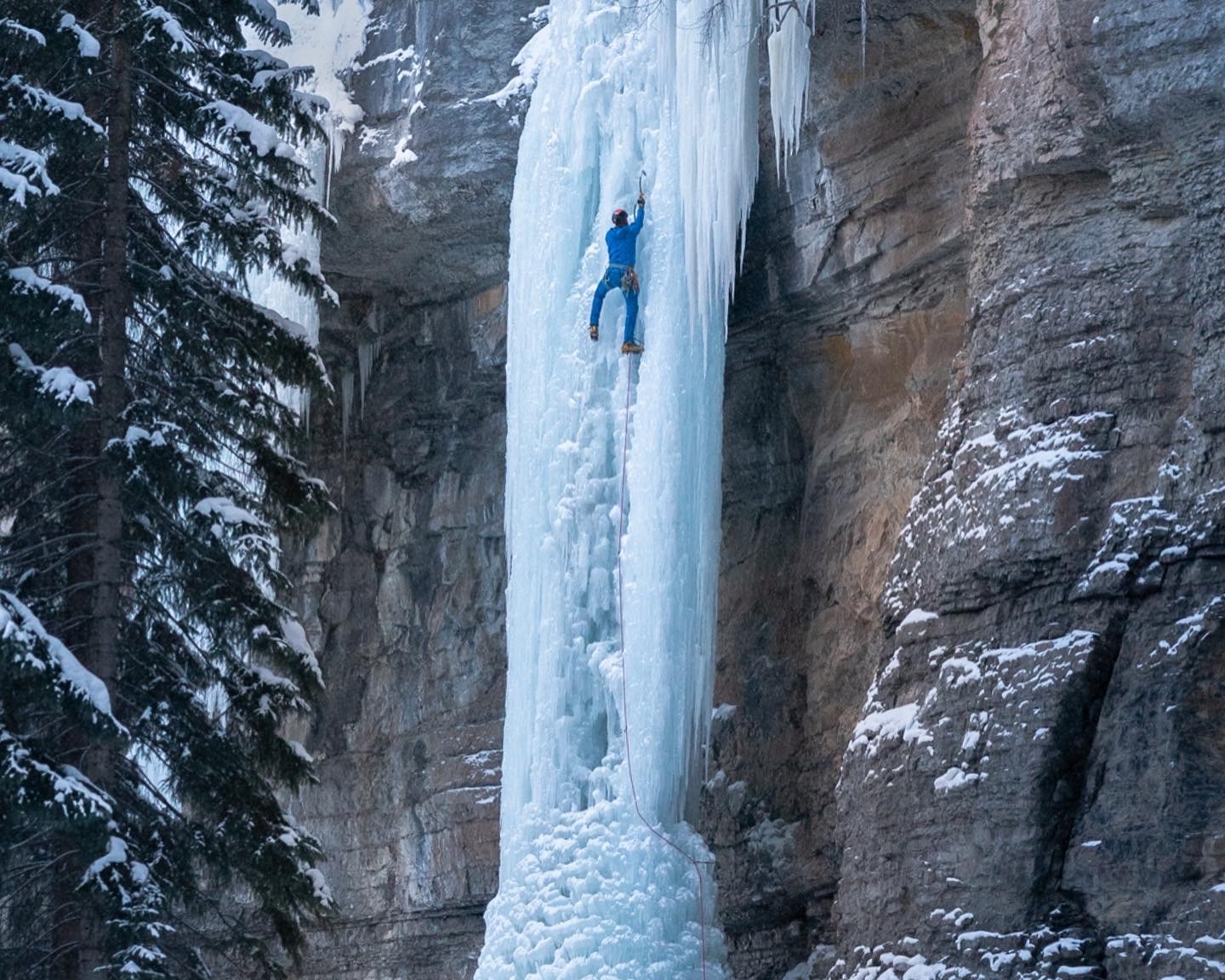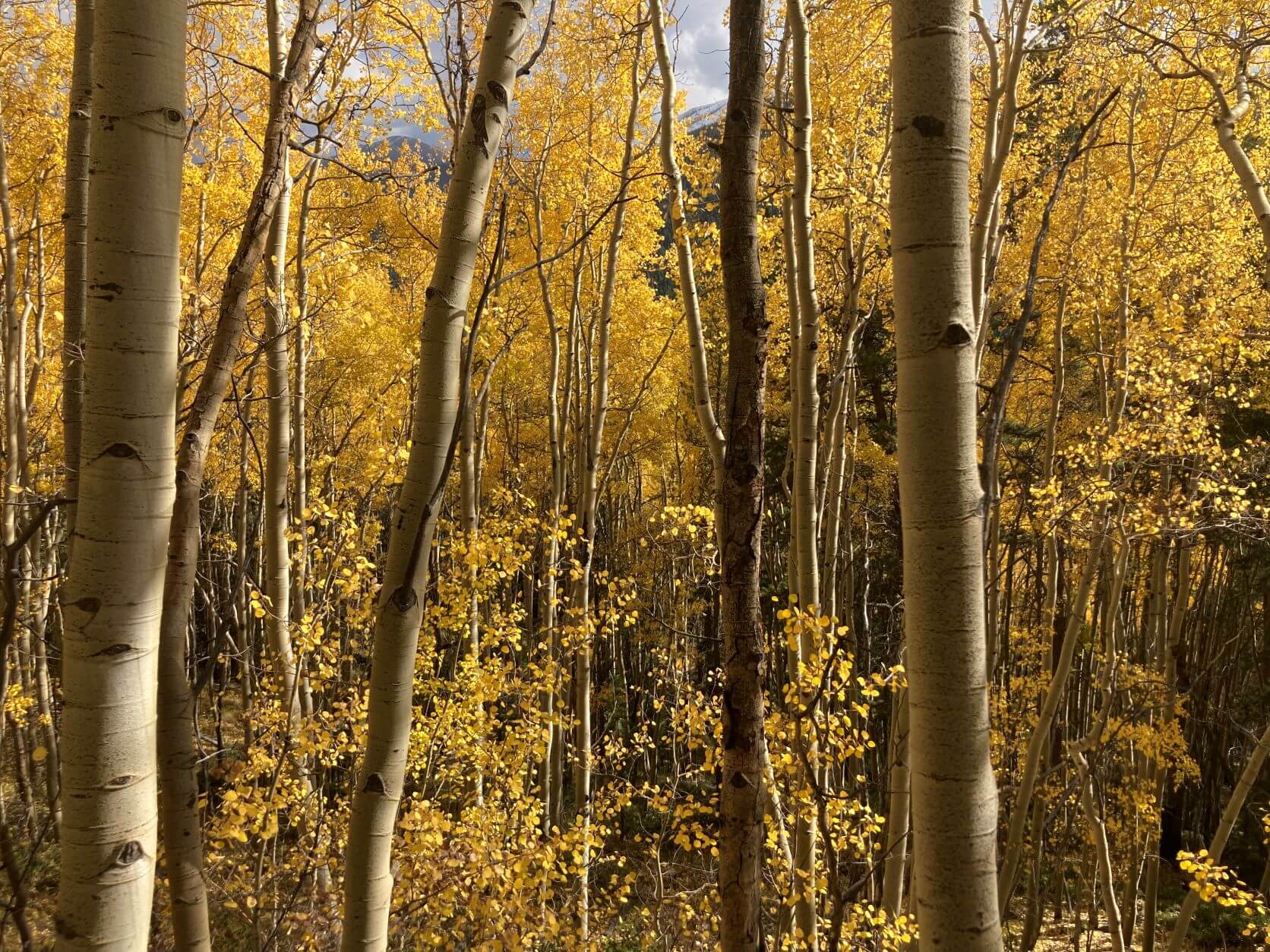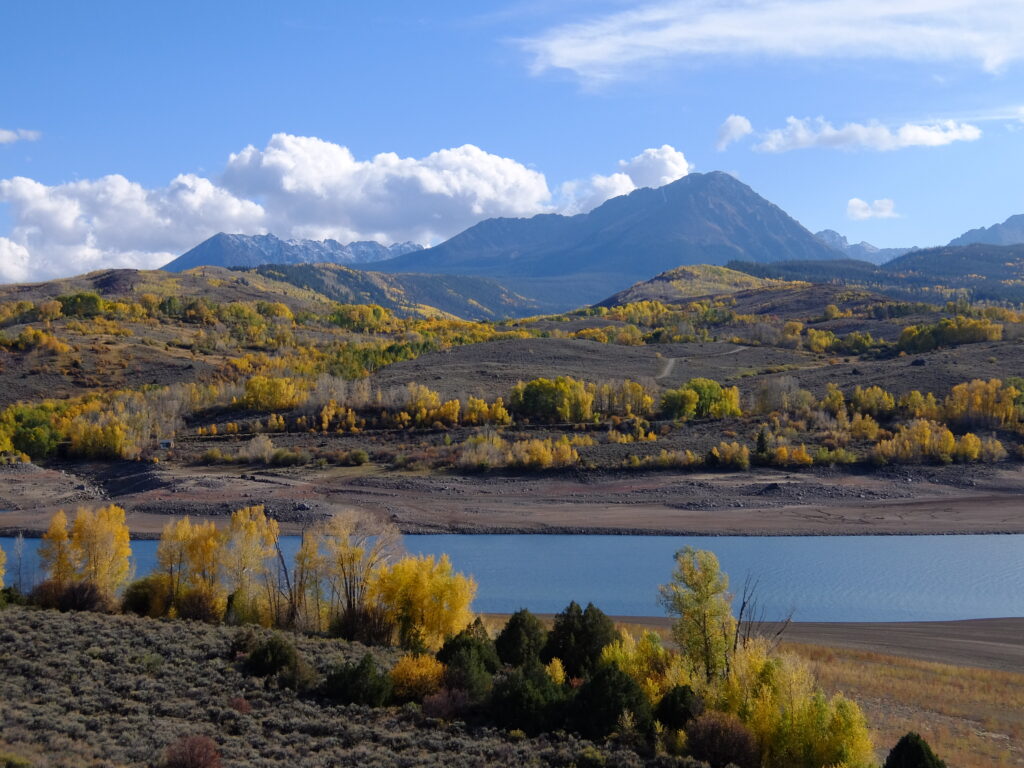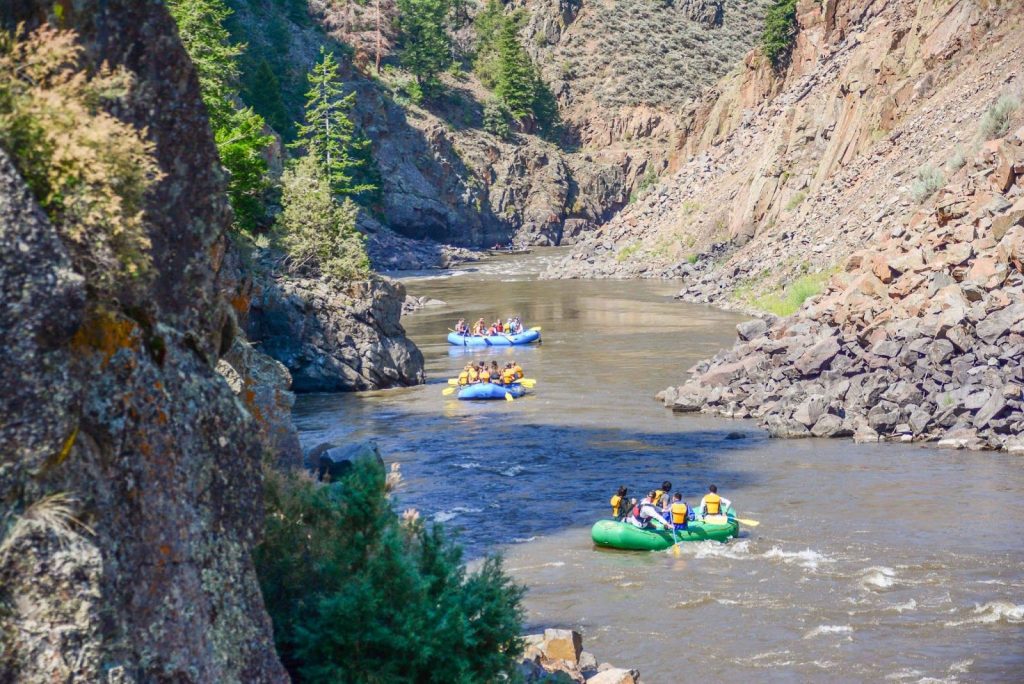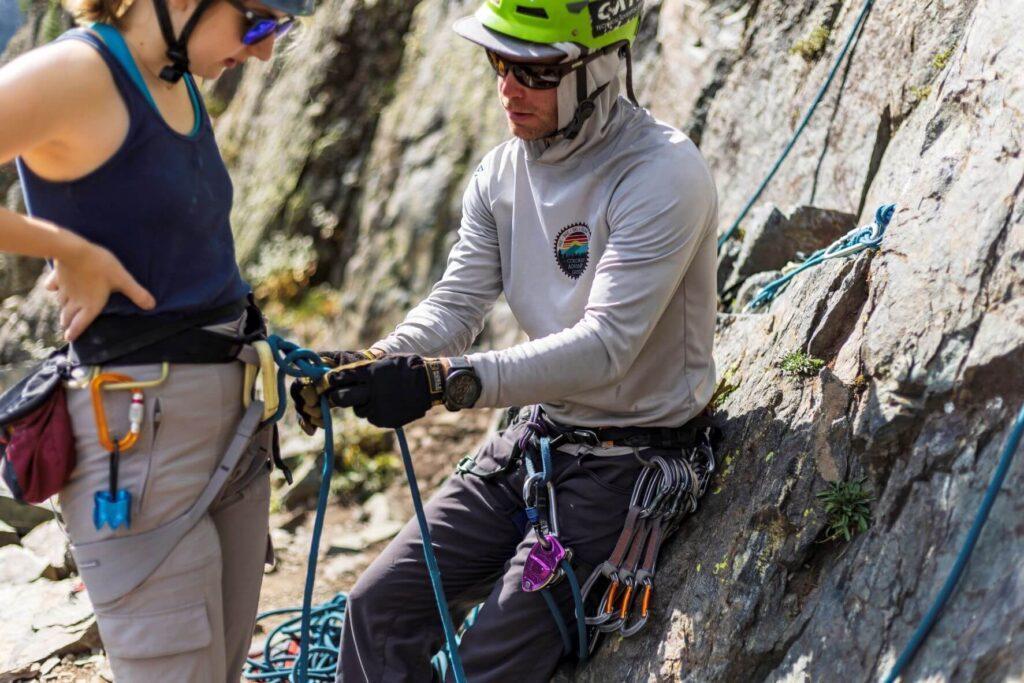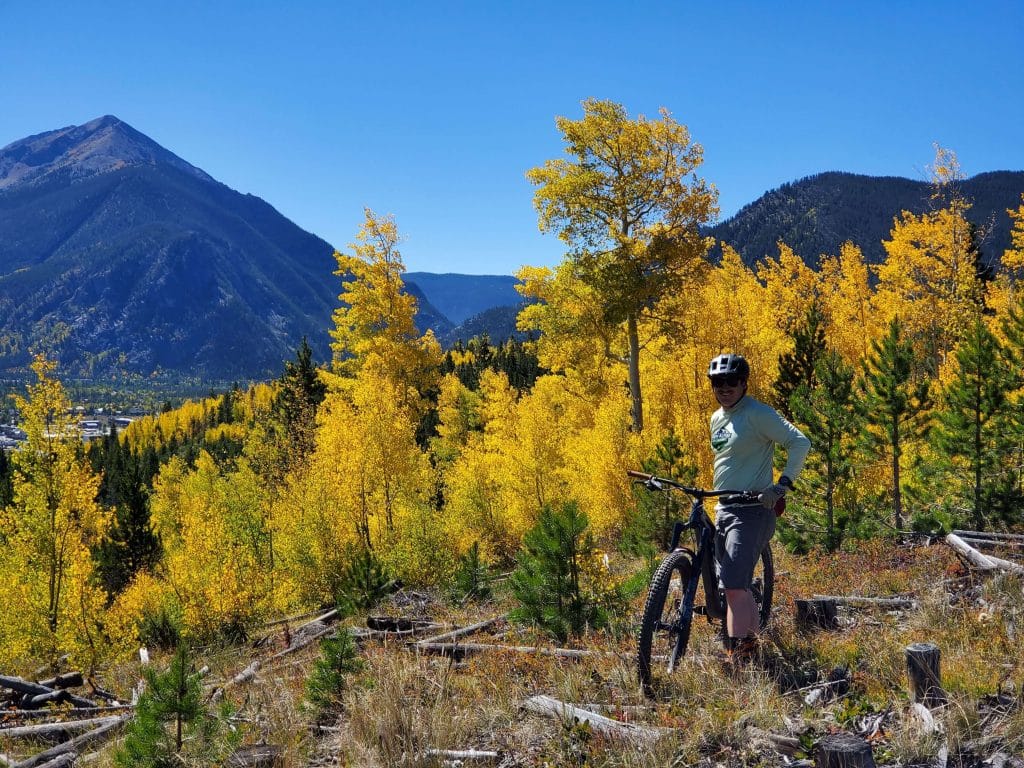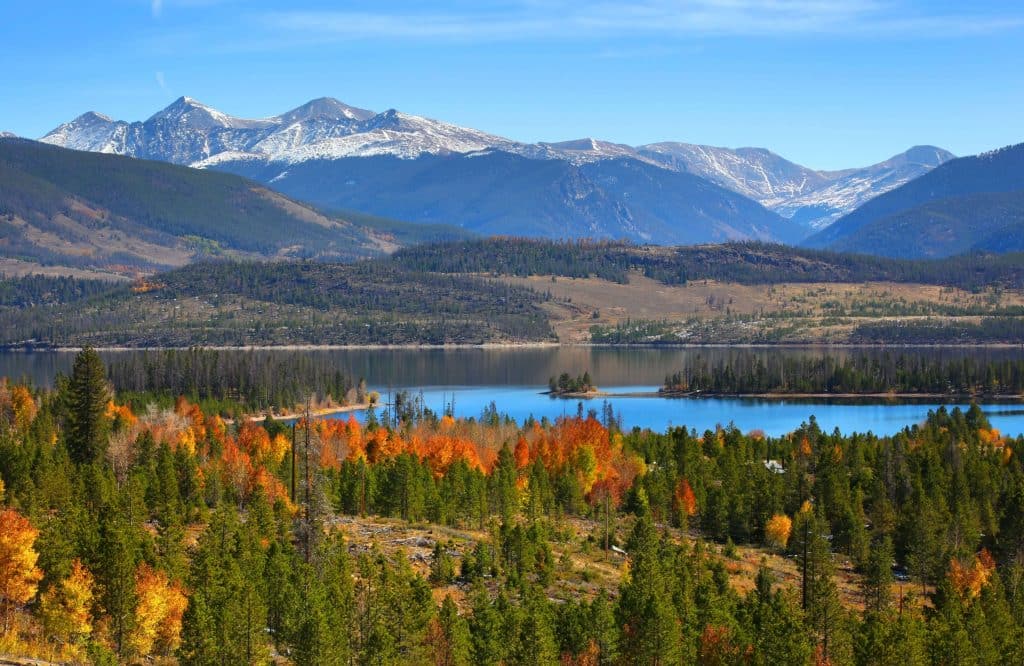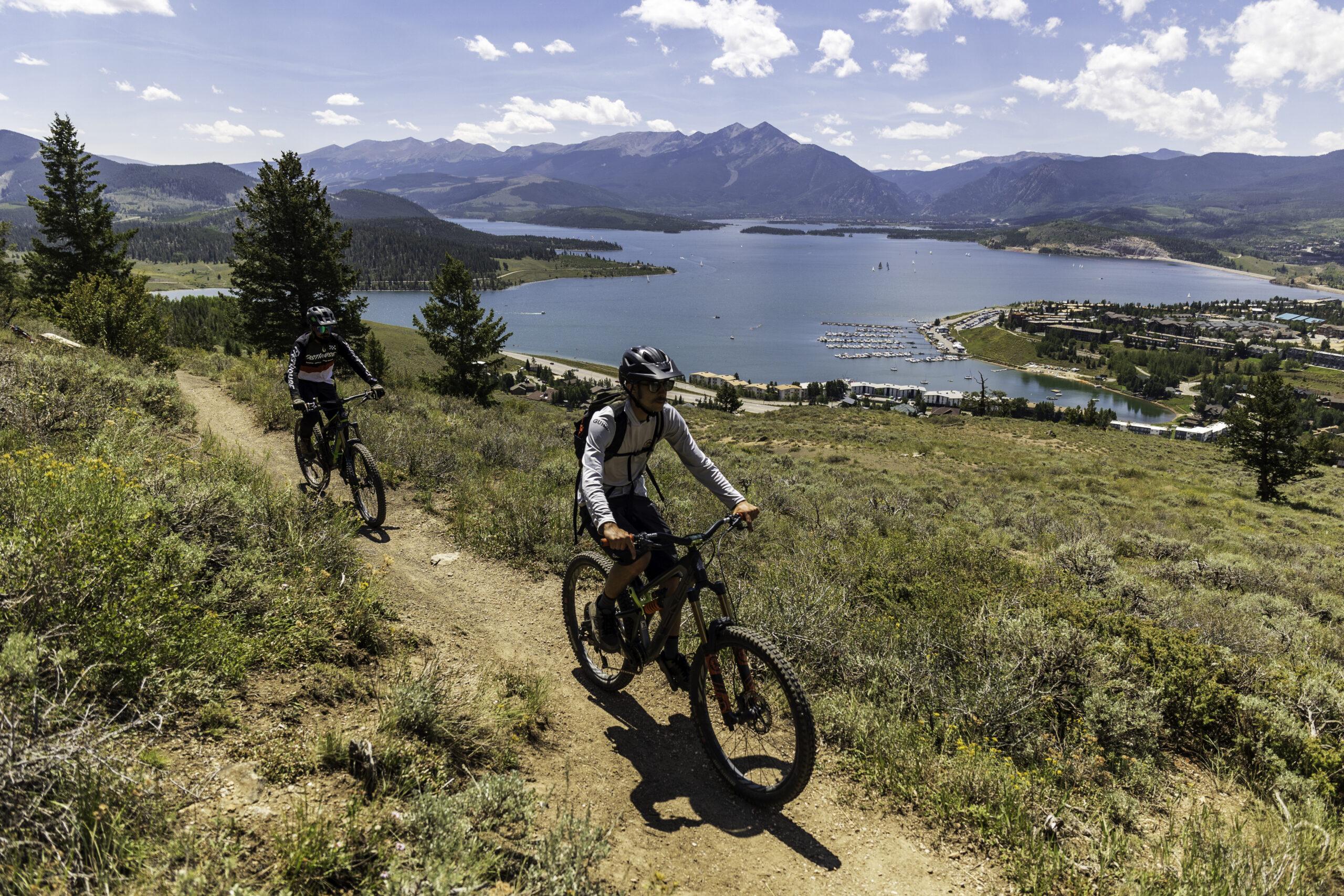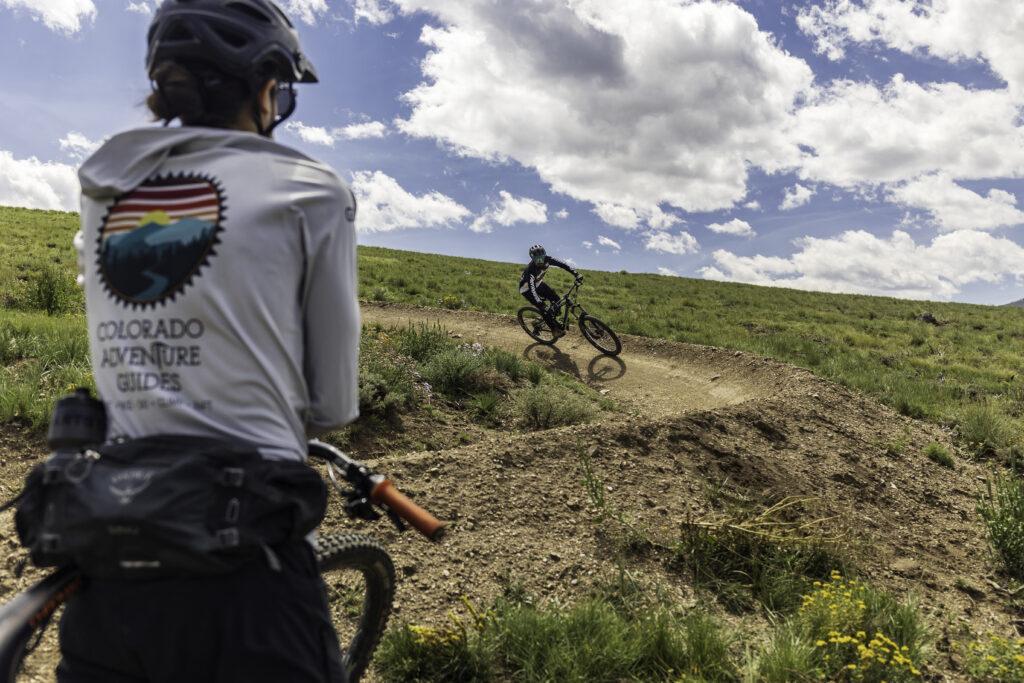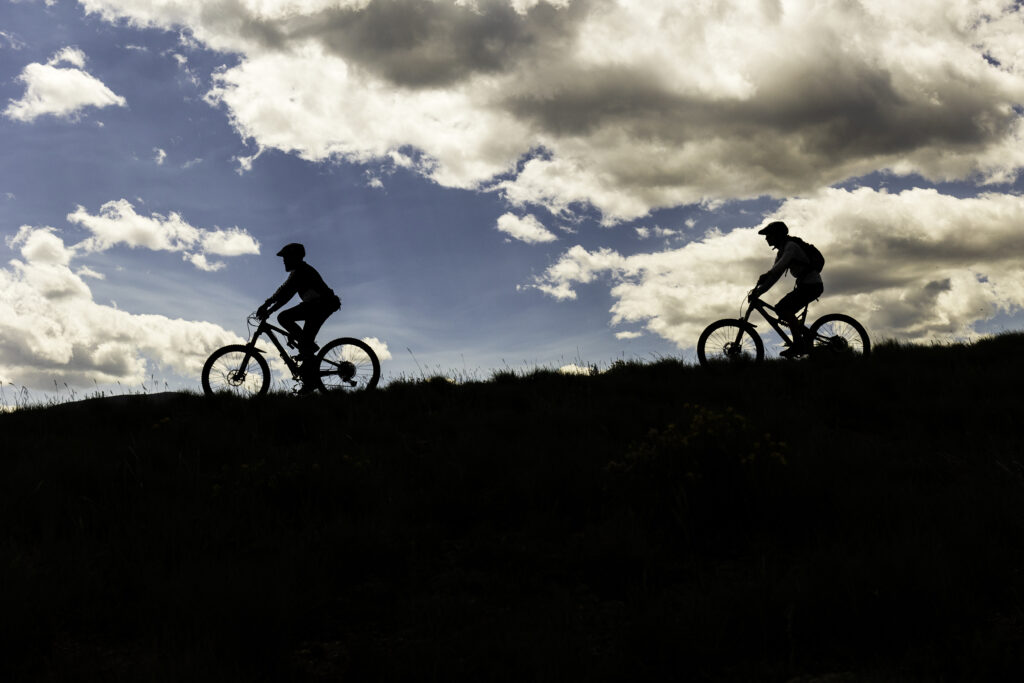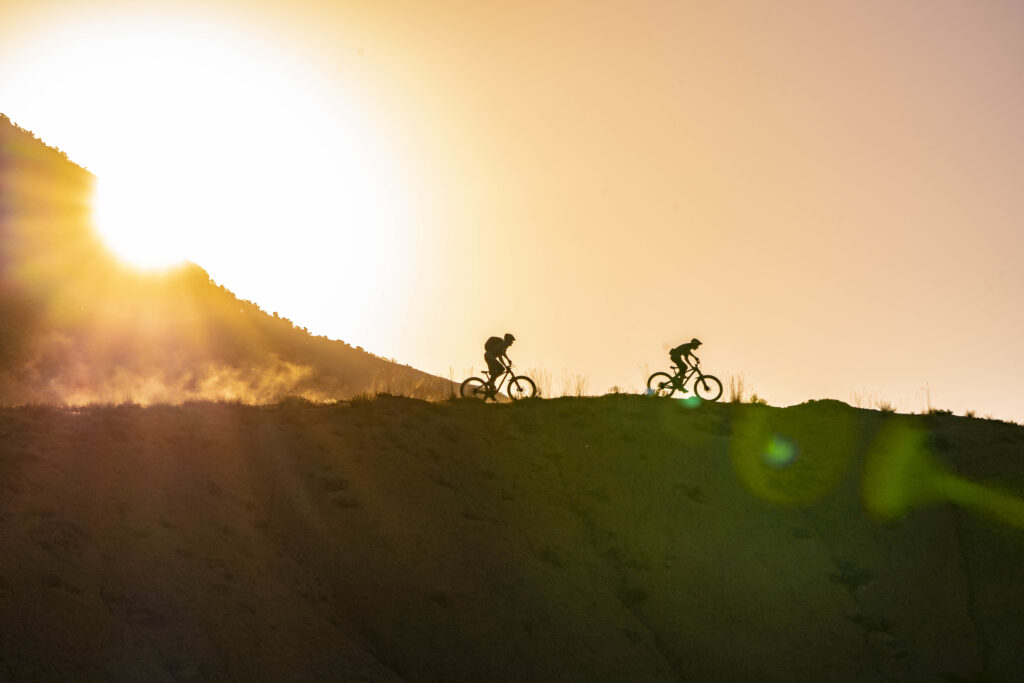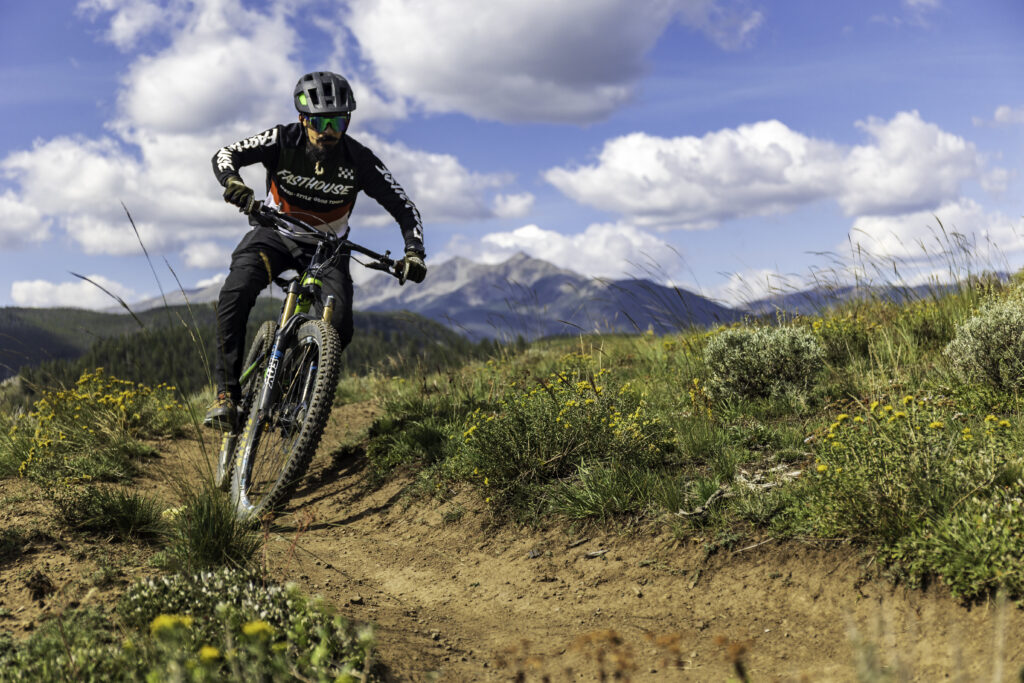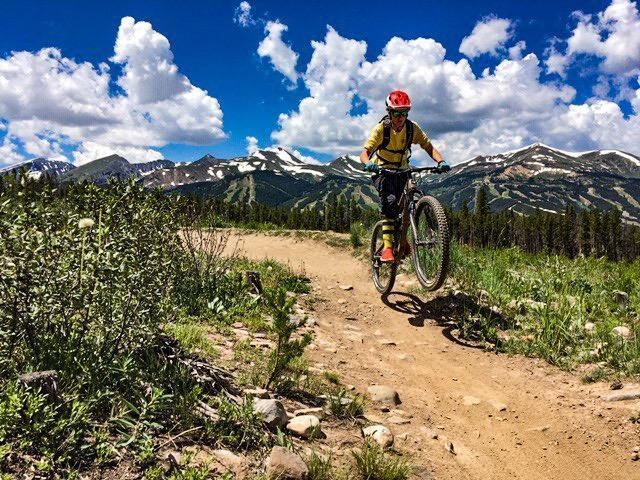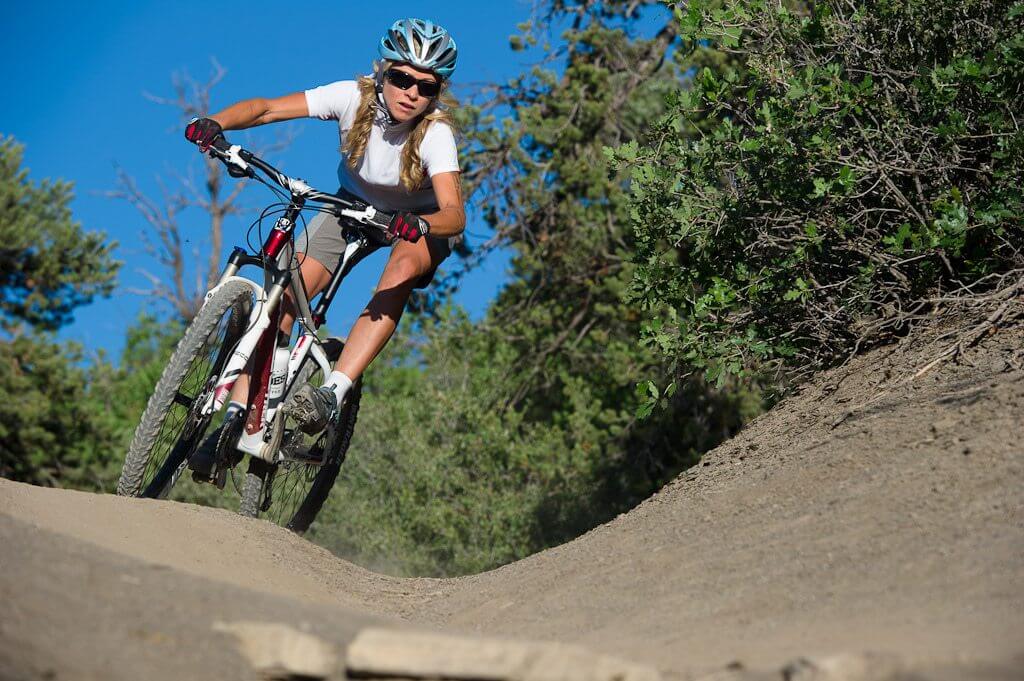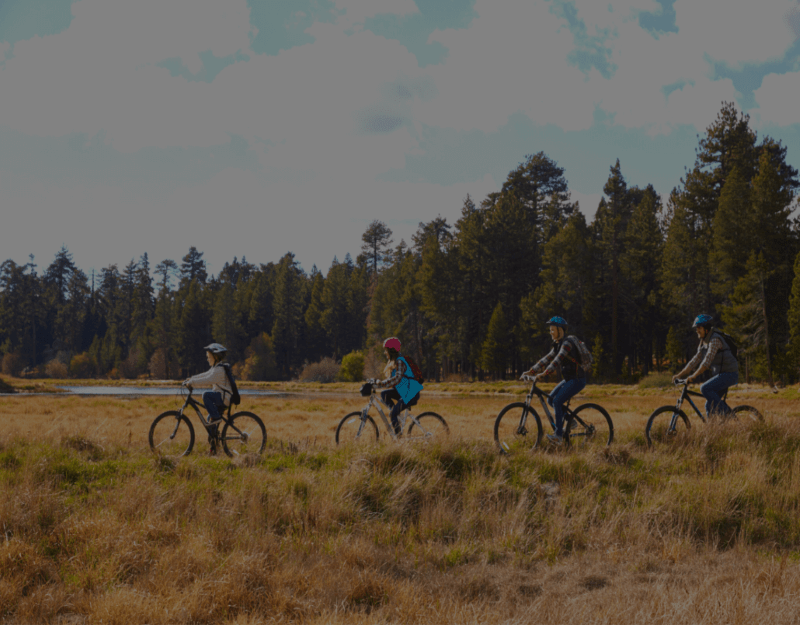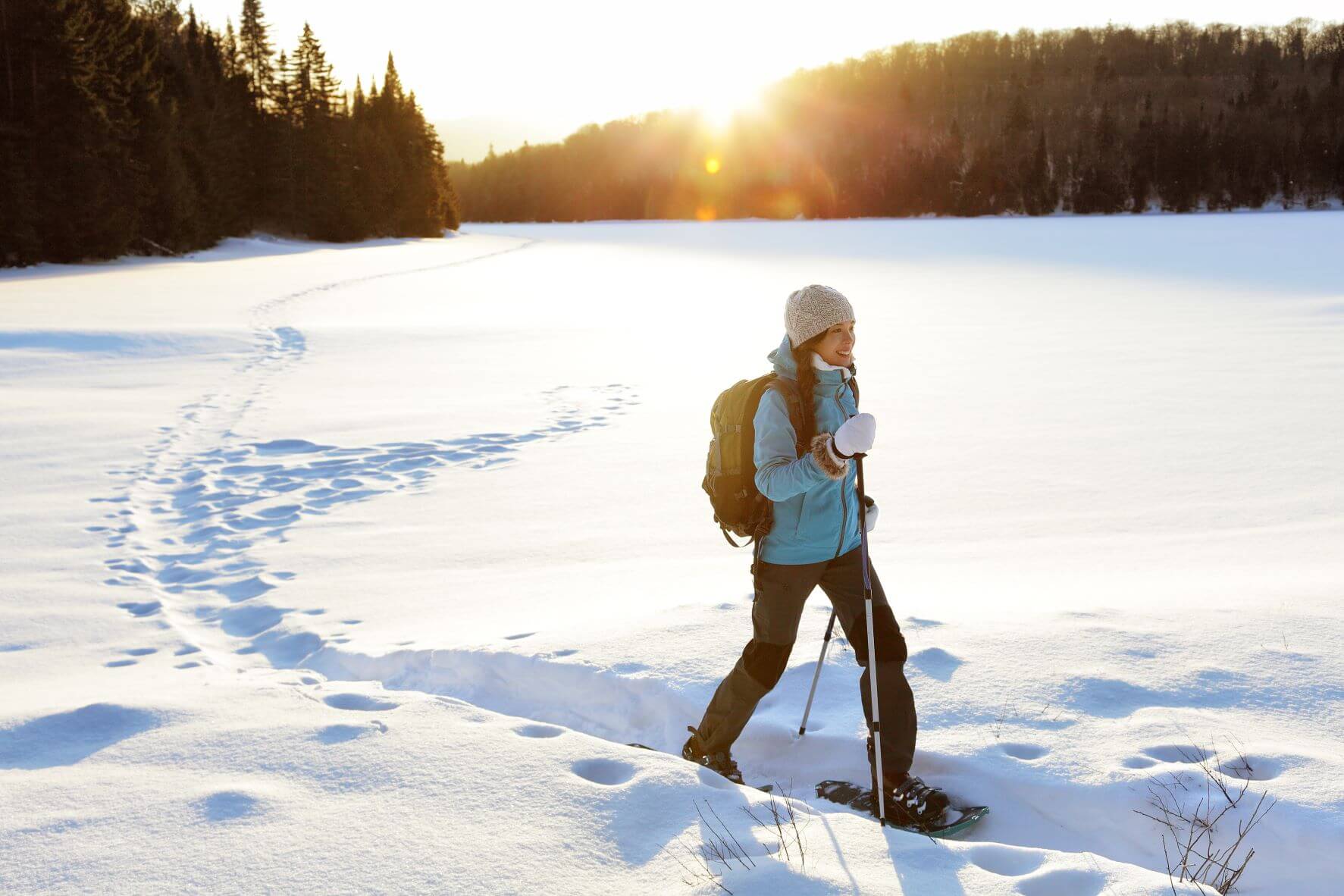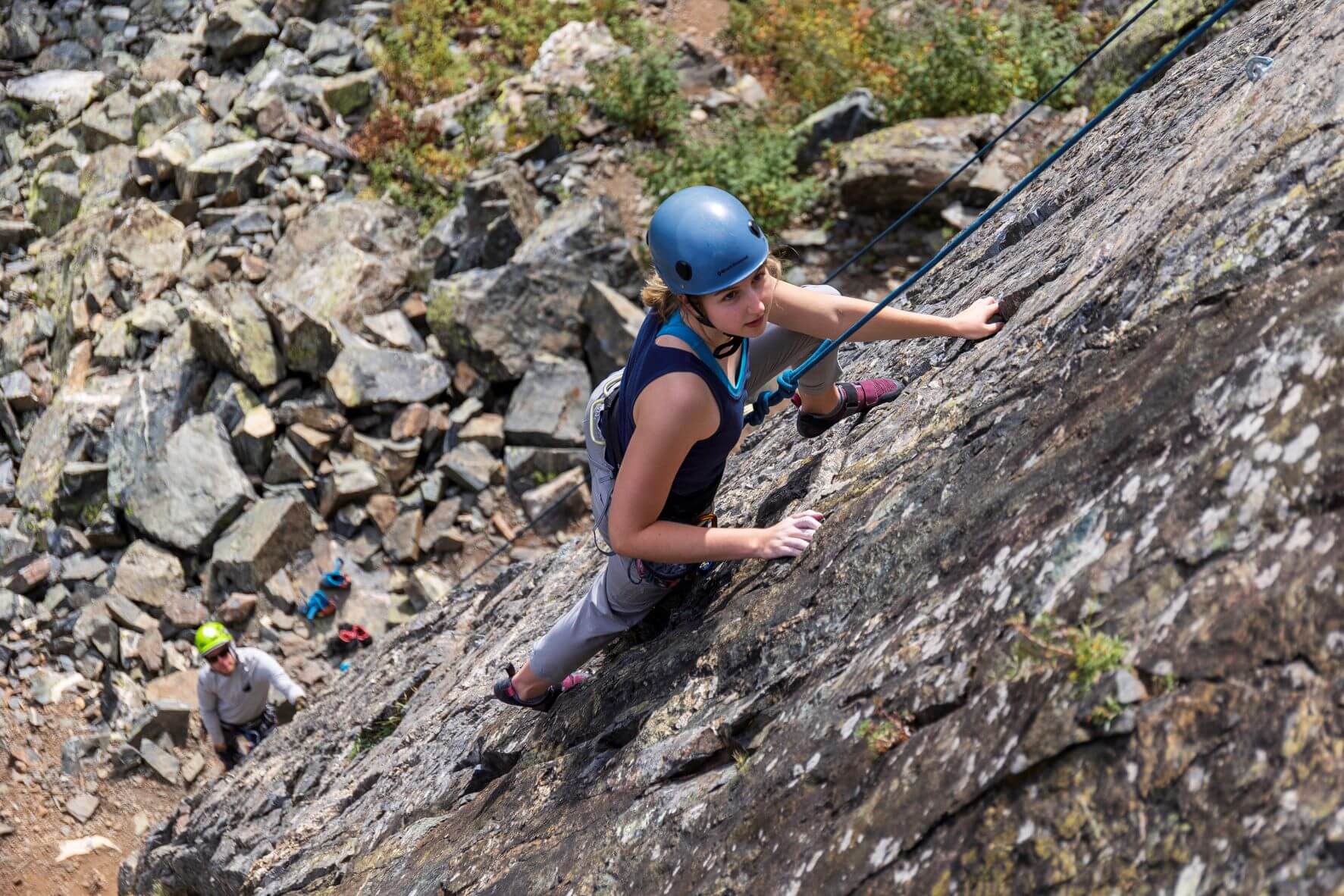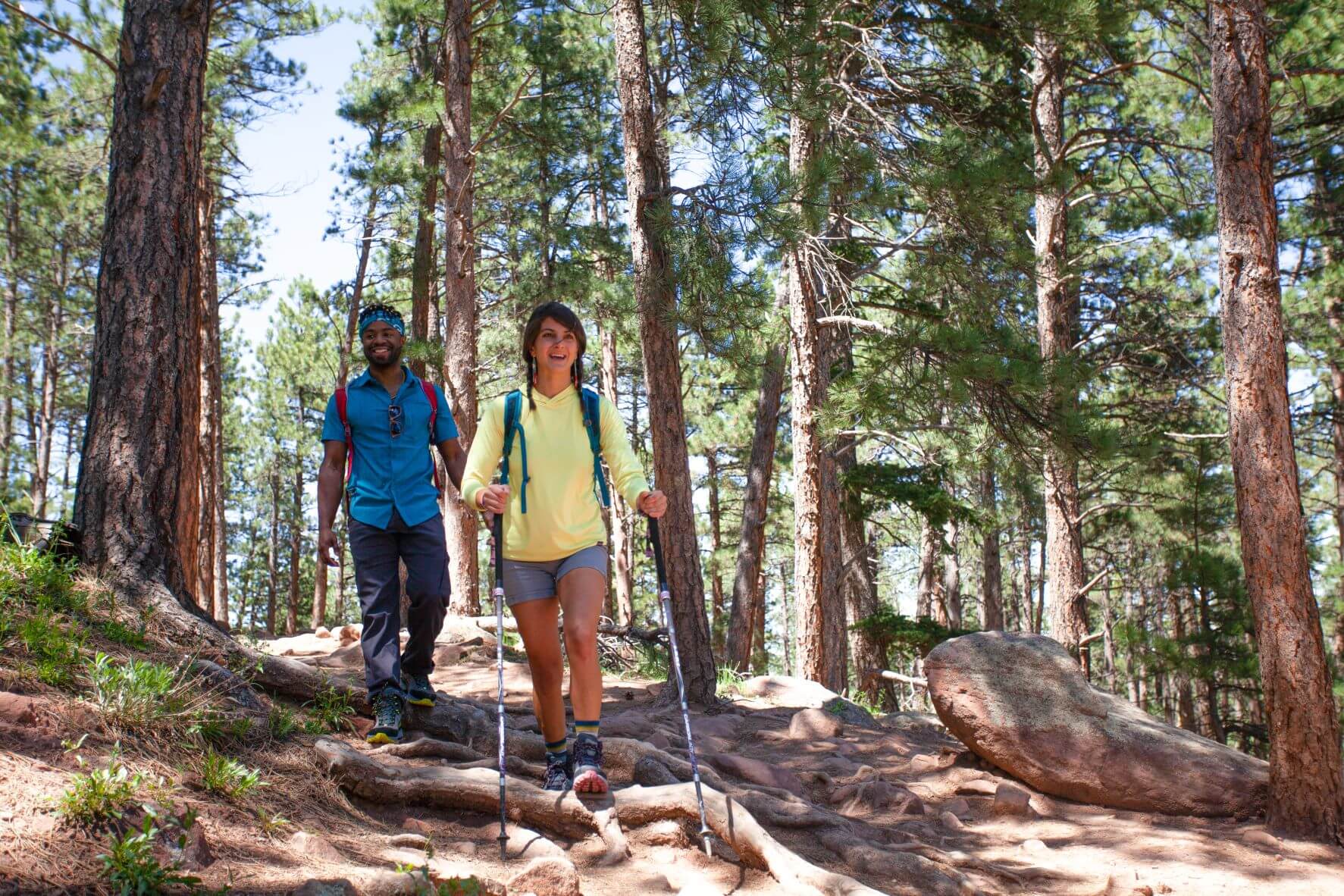Colorado Ice Climbing FAQs
Colorado Ice Climbing Frequently Asked Questions
Ice Climbing: An artistic dance and a demonstration of power, where finesse meets skills.
When can I go Ice Climbing in Colorado?
The prime ice climbing season in Colorado typically begins in November and can extend through March, with peak conditions often occurring in December, January, and February. However, this can vary based on factors such as altitude, location, and prevailing weather patterns.
Ice climbing is a great early winter activity for people of all ability levels. The ice sets up before all ski slopes are opened, typically. In fact, some ice climbing areas will close later in the winter if the snow load above the ice indicates avalanche danger may exist so you must choose your ice climbing locations carefully.


Do I need a guide to go ice climbing?
Yes, if you’re new to ice climbing, it’s highly recommended to go with a guide, especially on your first few outings. Ice climbing involves unique challenges and risks, including dealing with frozen terrain, understanding ice conditions, using specialized equipment, and managing safety protocols.
Benefits of hiring a ice climbing guide
-Safety – Safety is of utmost importance when it comes to ice climbing, and having a guide by your side can be invaluable. A knowledgeable guide can offer valuable insights on evaluating ice conditions, interpreting weather patterns, and mitigating risks. They can also impart proper techniques for utilizing ice climbing equipment and ensuring your safety throughout the entire ascent
-Technical Skills – Ice climbing requires the utilization of specialized gear and methods. An instructor has the ability to educate individuals on the correct usage of ice axes, crampons, and other equipment. They can also provide guidance on techniques like the placement of ice screws, belaying on ice, and moving efficiently on icy terrain
-Route Selection – Our experienced guides possess extensive knowledge of the ice climbing routes in the area, enabling them to assist you in selecting routes that align with your proficiency level. They are capable of evaluating the present conditions and offering valuable information regarding the obstacles you might encounter during a specific climb.
-Local Knowledge – A knowledgeable local guide possesses extensive understanding of the region, encompassing factors such as climate patterns, entry points, and relevant regional considerations. Engaging their services can greatly enrich your overall experience while mitigating risks.
-Emergency Response – If an accident or emergency were to occur, a trained guide would be prepared to promptly and efficiently respond. They possess the skills to administer first aid, handle rescue scenarios, and navigate through unforeseen obstacles.
Where can I go ice climbing in Colorado?
Ouray Ice Park: Ouray is renowned for its Ice Park, which features a variety of ice and mixed climbing routes. The park is man-made, with ice structures created by strategically spraying water down the canyon walls. It’s a great place for climbers of all levels.
Vail Valley: East Vail is a popular destination for ice climbing with several accessible routes, including the classic “The Fang.” The season in Vail Valley typically runs from December to March.
Rocky Mountain National Park: This national park offers a range of ice climbing opportunities, including routes like Hidden Falls, Loch Vale, and Sky Pond. The conditions can vary, and the season generally extends from late fall to early spring.
Telluride: Bridal Veil Falls in Telluride is a stunning and challenging ice climbing location. The town itself is also known for its beautiful surroundings. The ice climbing season here typically runs from December to March.
Lake City: The Lake City area in the San Juan Mountains provides ice climbing opportunities, with routes like the Uncompahgre Gorge. The season generally spans from December to March.
Lincoln Falls: Located near Hoosier Pass, Lincoln Falls offers a variety of ice climbing routes. The season typically runs from December to March, but conditions can vary.

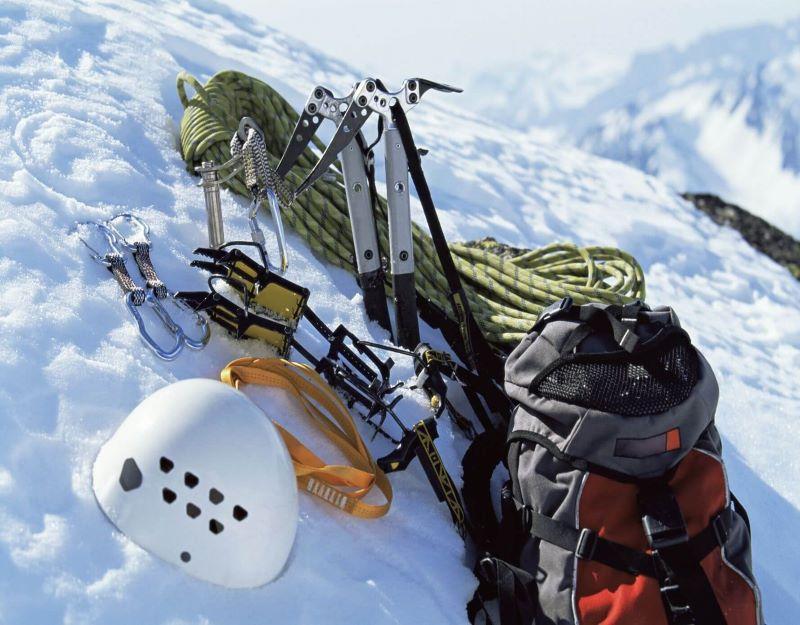
Where can I rent ice climbing gear in Colorado?
Colorado Adventure Guides is proud to provide central Colorado with a variety of gear to partake in backcountry endeavors. Check out our Backcountry Demo Center to rent ice climbing gear and more.
What should I wear to go ice climbing?
If you’re in mountainous Colorado for winter, chances are you’re here to ski or enjoy winter outside. Clothing you’d wear skiing is for the most part suitable for climbing. You can find detailed FAQs about what to wear and what a trip entails here, but for clothing specifically, we recommend:
-Hard or softshell pants
-Synthetic or merino wool base layer
-Softshell jacket (optional)
-Down or synthetic insulated jacket
-Hard-shell or water/wind resistant jacket
-Light gloves for uphill travel
-Warm gloves
-Brimmed hat or visor
-Sunglasses
-Neck gaiter or buff

Feel free to reach out to our helpful reservation team, who are prepared to aid you with any queries or concerns regarding ice climbing excursions. You have the option to secure your spot through our online reservation system or by contacting us directly to finalize your booking.

